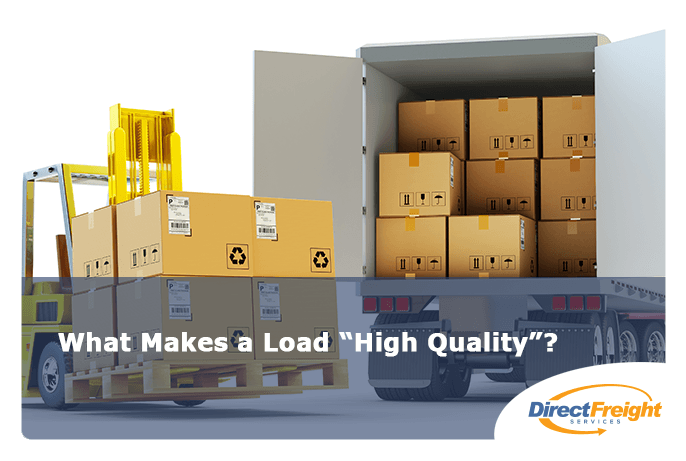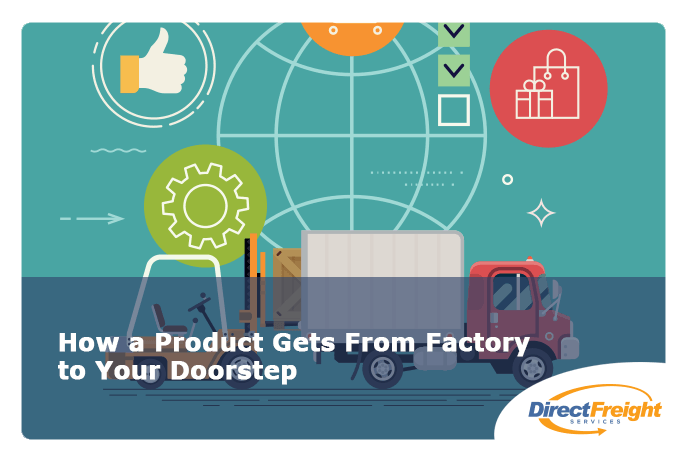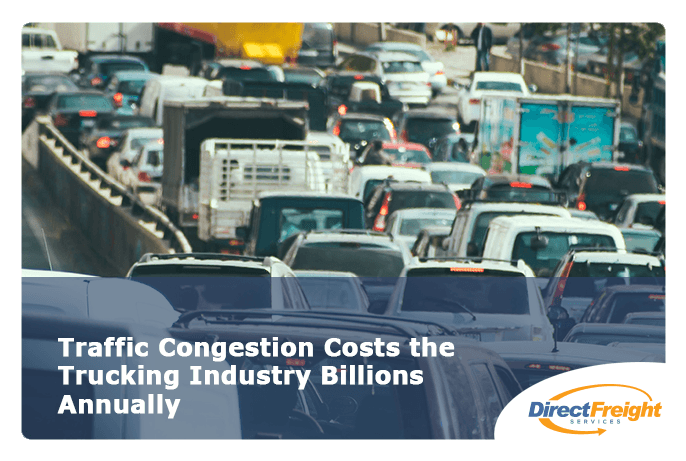Federal law now mandates the use of Electronic Logging Devices (ELDs). Aimed at increasing efficiency and safety in the trucking industry, ELDs have been a divisive topic for truckers and carriers alike.
About ELDs
An ELD is a device that is installed in a truck’s engine to monitor its drive time. It can be accessed with a smartphone or other mobile device as long as it meets all technical requirements found on FMCSA’s website. A portable logging device can be used but must be mounted in the cab of the vehicle in a place that is visible to the driver when he or she is behind the wheel. The ELD records date, time, location, engine hours, vehicle miles and driver information.
The Rule
Up until the ruling, drivers have been forced to fill out paper logs to accurately record their Hours of Service (HoS) to remain in compliance with the HoS rule from the FMCSA. The HoS rule was implemented as a way to combat drowsy driving which can lead to accidents. By mandating driving hours and hours between shifts, drivers can get the rest they need to be alert on the road.
To ensure compliance with the HoS rule, ELDs were made mandatory for any driver who is required to fill out HOS records. December 18, 2017-December 16, 2019 is the phased-in compliance period. After December 16, 2019, all drivers and carriers who are subject to the ELD rule must be using them and be registered with FMCSA. Short-haul drivers are not required to use ELDs.
The Controversy
Many carriers and owner/operators see ELDs as an intrusion that will do little to improve safety on the road. A recent study (Scott, Alex & Balthrop, Andrew & W Miller, Jason. (2019). Did the Electronic Logging Device Mandate Reduce Accidents?) supports this claim. The study showed that while ELDs improved drivers’ compliance with the HoS rule, there was no evidence to show that the number of accidents decreased since the ELD rule was phased in. In fact, the study found that smaller companies who struggle to compete with bigger carriers increased incidents of speeding to avoid going over their Hours of Service limits.
Benefits
Big Brother feelings aside, there are benefits to ELD devices that go beyond safety. ELDs make compliance with HoS a more streamlined process. Nobody enjoys paperwork. The use of ELDs has been estimated to cut time spent completing paperwork by as much as 15 minutes a day. Not only that, ELDs round up to the nearest minute, not to the nearest 15 minutes like paper logs did so errors are virtually eliminated. Less time on paperwork means more time on the road earning money.
A more streamlined process is helpful all around. ELDs give a warning to drivers when they are approaching their HOS limits and they also mean quicker truck inspections. No more sifting through paper logs―all pertinent information is easy for the officer to see and get you on your way.
ELDs also improve communication and tracking. Some ELDs have GPS tracking but with only a 10-mile accuracy intended to give drivers some privacy per the FMCSA rule.
ELDs protect drivers. They’re harder to change than paper logs. They improve compliance with the HoS ruling which protects drivers from bosses mandating that they work more than the hours per week allowed by law, which is a real problem for many drivers.
Agree or disagree, compliance with the ELD rule is the law and drivers who fall under the HoS rule must have an ELD installed and registered by December 16, 2019.
Sources:
https://www.fmcsa.dot.gov/hours-service/elds/electronic-logging-devices
https://www.fmcsa.dot.gov/regulations/hours-service/summary-hours-service-regulations










